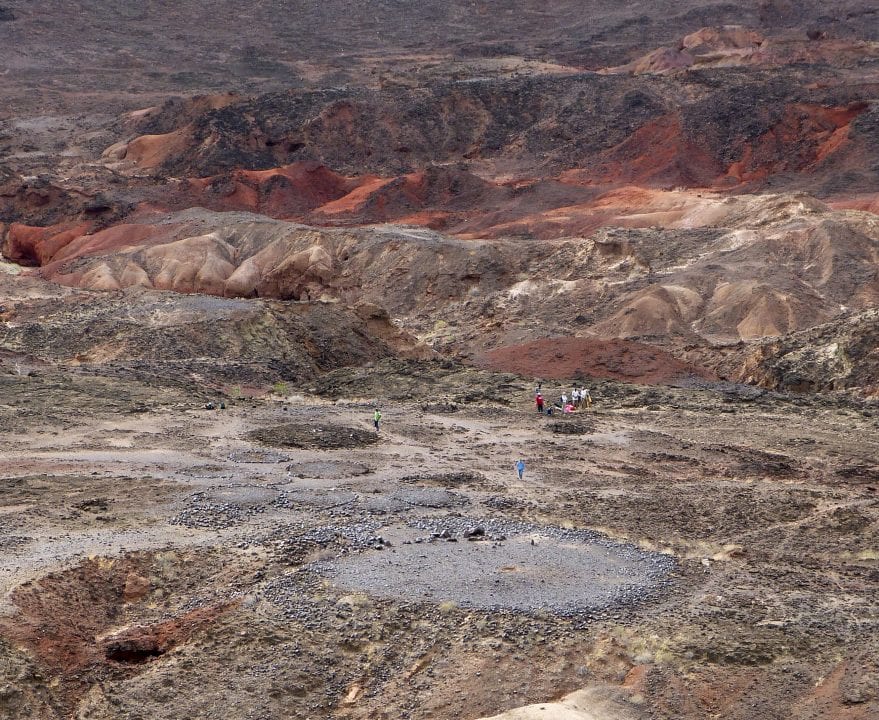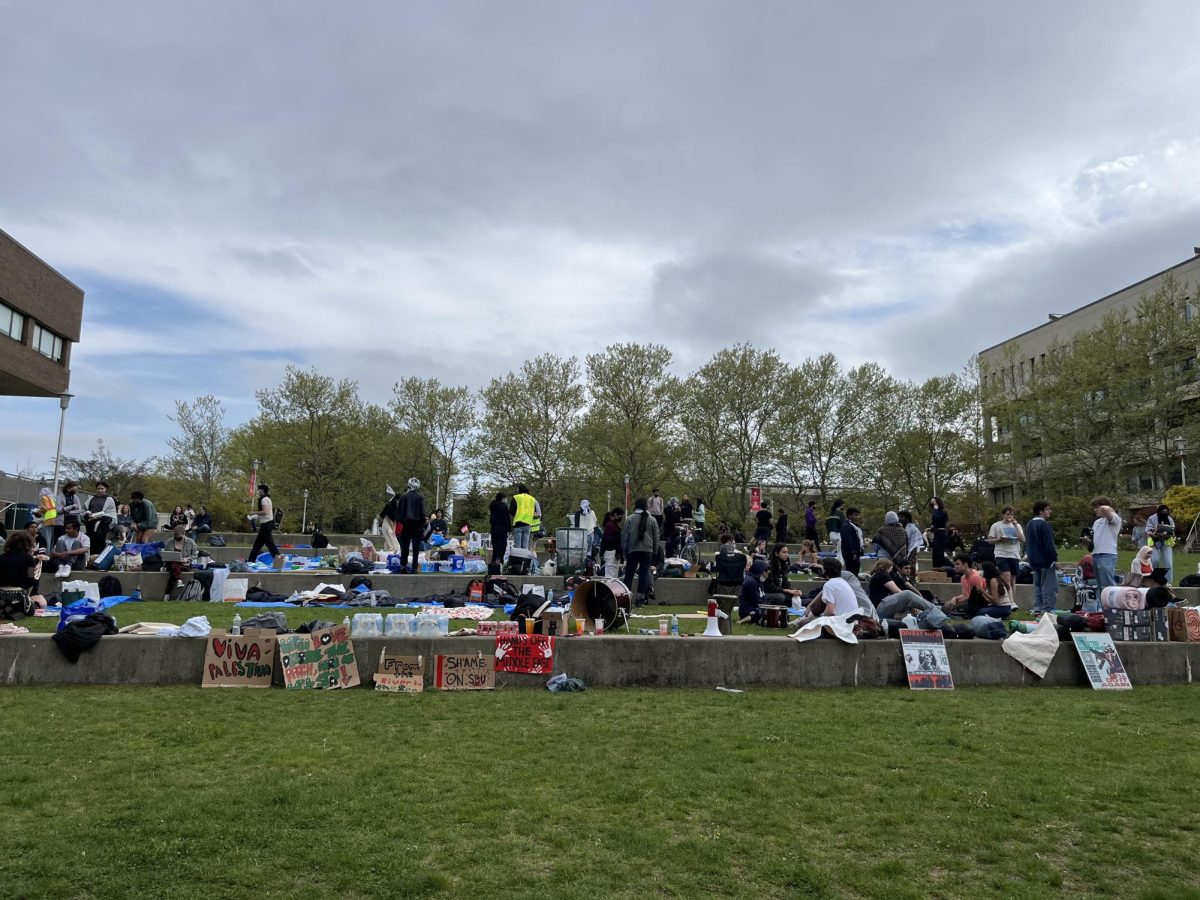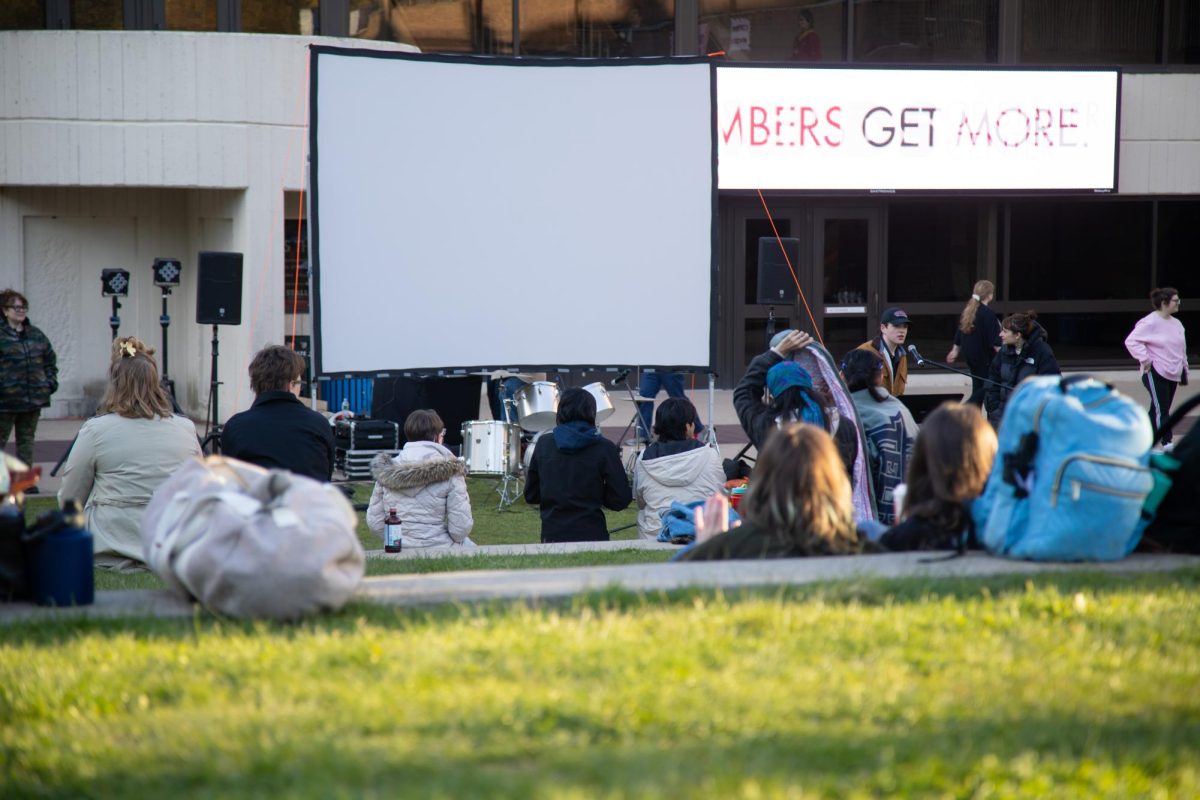
A study co-authored by Stony Brook University Anthropology Professor Elisabeth Hildebrand and University of Florida Anthropology Professor Katherine Grillo has unearthed the oldest and largest monumental cemetery in eastern Africa.
Funded by the National Science Foundation, the Wenner Gren Foundation and the National Geographic Society with logistical support from the Turkana Basin Institute, the almost 10-year study unearthed a 5,000-year-old grave site near Lake Turkana, Kenya.
There are several “pillar sites” near the lake, many believed to be cemeteries; the largest, Lothagam North, was excavated, unearthing 36 individuals – both men and women, ranging from babies to adults to the elderly. It is estimated that there could be some 580 bodies buried at the site.
According to the resulting research paper, there was no evidence of a social hierarchy at the site.
“Usually when archaeologists find big cemeteries and monumental architecture, they also find evidence that some people were more important that others – e.g., a central person in a tomb, or an area where people are buried with many more grave goods or riches,” said Stony Brook postdoctoral researcher Elizabeth Sawchuk. “We did not find evidence of this at Lothagam North – everyone is buried very close to one another in the central platform of the site, and without big differences in what they were wearing or how they were buried.”
Hildebrand said that most of the individuals uncovered had some form of ornamentation, which varied widely in form – hippo ivory bangles, amazonite beads and in one case, the remains of a headpiece made of over 400 gerbil teeth.
“What is really interesting is that all of them would have been time-consuming to make, but none of them are of materials that would seem to indicate high status, wealth or power,” Hildebrand wrote in an email. “So we think this was not a hierarchical society, but that people were putting lots of energy into creating ornaments that reflected their own personal sense of style.”
Hildebrand thinks it’s possible that the people who built the pillar sites were trying to establish permanent landmarks in an unstable landscape. At the time it was built, major global climate changes were causing rainfall in eastern Africa to decline, and Lake Turkana shrunk by 50 percent.
“Fisher-hunter-gatherers living around Lake Turkana would have had to make continuous adjustments as the lakeshore retreated,” Hildebrand said. “Around the same time, pastoralism was spreading south and east from the Sahara and Sahel, so cattle, sheep and goats became available around Lake Turkana for the first time, and herding took hold. With these major changes in environment and economy, it’s very likely that people’s social lives were also transforming.”
Periodic gatherings at the sites would have drawn dispersed communities together, she pointed out.
“Besides performing the rituals, people would have had a chance to reconnect with scattered kin and friends, renew their social networks, exchange information, and come up with more well-informed strategies for the coming year,” Hildebrand said. “So although the pillar sites may have come into being as ritual centers, they also probably made made the economic lives of herders more secure.”
Excavation stopped at Lothagam North; although, there are plans to excavate a pillar site on the opposite side of Lake Turkana called Jarigole, to compare the construction methods and burial styles with what was found at Lothagam North.
“Given the nature of the site as a burial place of major significance for its builders, we don’t want to excavate anymore than we absolutely need to in order to answer our research questions,” said Steven Goldstein, a postdoctoral researcher at the Max Planck Institute for the Science of Human History in Jena, Germany, who worked on the project. “We feel that we’ve accomplished that for now.”
Correction: 11:31 a.m. September 6, 2018
A previous version of this article stated that Sawchuck was a postdoctoral student and that Goldstein was a postdoctoral researcher at the University of Washington in St. Louis. Sawchuck has her Ph.D., and is a postdoctoral researcher. Goldstein is at the Max Planck Institute for the Science of Human History in Jena, Germany.









